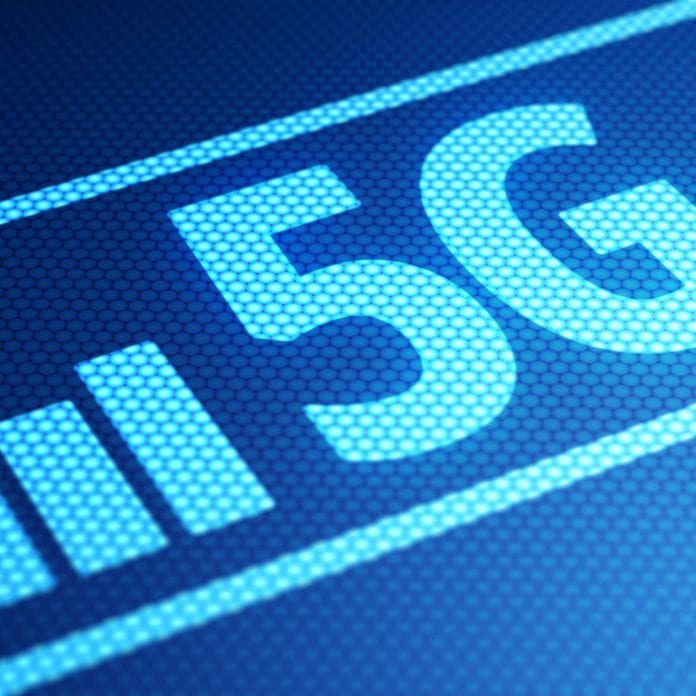US Cellular adds private network core for public safety users
BARCELONA — U.S. Cellular will build out its 5G network with Ericsson equipment, and the carrier also is targeting public safety users with prioritized network access and preemption services and the ability to segment first responders’ traffic via a private network core.
The carrier, which has an existing vendor relationship with Ericsson, signed a multi-year deal with the Swedish vendor for 5G New Radio equipment.
Michael Irizarry, EVP and CTO for U.S. Cellular, said that the carrier “[values] our long-standing relationship with Ericsson and are impressed with their 5G-ready portfolio. We also know Ericsson is committed to meeting our deployment timeline in order to bring 5G to our customers in the second half of 2019.”
The two companies said they have already conducted joint 5G testing in real-world environments, encompassing both rural and suburban settings in Madison, Wisconsin. Those tests included advanced beamforming, massive multiple-input multiple-output, the use of large channel bandwidth and dynamic TDD; applications tested included virtual and augmented reality.
In related new, U.S. Cellular also this week officially launched a dedicated LTE network core for public safety users, which enables the operator to provide enhanced priority and preemption services — and it’s bolstering the introduction with first-responder service plans with unlimited voice, data and text as well as no speed caps.
AT&T — which is building out the nationwide FirstNet network for first responders — and Verizon both previously introduced private, dedicated public safety cores which separate first responders’ traffic from other commercial or consumer traffic in order to guarantee a higher level of service.
U.S. Cellular said that its service is “designed to provide first responders and critical support teams with consistent high quality service, priority on the network and preemption over non-essential data whenever it is needed.” Priority access enables first responder users to get front-of-the-line access over other data traffic in times of congestion, while the private core allows the carrier to “automatically and temporarily reallocate lower priority network resources to emergency responders so they can stay connected during emergencies,” U.S. Cellular said.
Jim Anetsberger, VP of business strategy at U.S. Cellular, said that the operator “[has] and will continue to make significant investments in our network and public safety solutions so first responders can stay in constant communication and access the data they need to provide the best response.”

